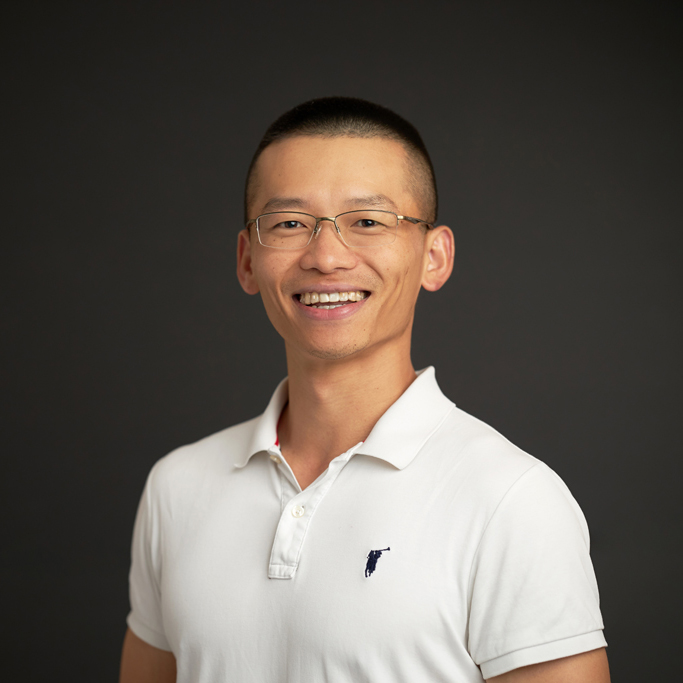About
Ignorance of reality causes suffering; to be free from suffering, we seek truths. One fundamental truth of the Earth is that things move and deform, governed by the equations of conservation of mass, momentum and energy, which constitute the core of a geodynamic model. Meanwhile, progress in Earth science increasingly depends on bridging processes once studied in isolation. By leveraging advancements in geodynamic modeling, global datasets, and interdisciplinary constraints, my research seeks to reveal principal mechanisms and quantify key parameters that control the phenomena vital to civilizations — e.g. earthquakes, volcanism, topography, and climate.
Research Philosophy: In pursuit of simplicity amid nature's inherent complexity, I emphasize uncovering the general first-order controls underlying intricate phenomena through a combination of analytical and numerical models validated against multidisciplinary observational constraints.
Education
- Ph.D. in Geophysics, Columbia University (2021) | Advisor: W. Roger Buck
- M.Sc. in Geophysics, University of Memphis (2015) | Advisor: Eunseo Choi
- B.S. in Geology, Sun Yat-sen University (2013)
Research Interests
How magmatism controls global variations in transform fault topography; what about global fracture zones?
Magmatic intrusions, crustal rheology, topography, climate impacts, global warming before volcanism?
Strain partitioning at global subduction zones and forearc deformation in Northern California
Lithospheric strength at volcanic rifting margins and the formation of seaward dipping reflectors
Numerical simulations of clinopyroxene fabric under laboratory and natural conditions; crustal delamination and finite strain
Interactions between magmatic diking and normal faulting; along-axis variations in extension
Through lithospheric dynamics, deep carbon–climate feedbacks, and rheological upscaling, my research addresses a unifying question:
How does the Earth's interior regulate its surface environment through the transfer of stress, mass, and energy across scales?
Selected Publications
Spreading-rate-dependent magmatism plays a central role in controlling global transform fault topography. Shows that oceanic transform faults are not simple conservative strike-slip boundaries.
Demonstrates that CO₂ released from magmatic intrusions causes global warming before the main phase of Large Igneous Province eruptions, with implications for triggers of LIP volcanism and mass extinction events.
Manuscripts in Review/Preparation
- Tian, X., & Buck, W. R. Contrasting Topography of Continental Large Igneous Provinces: Crucial Role of Crustal Rheology and Intrusion Dynamics. Under review at Earth and Planetary Science Letters.
- Tian, X., & Billen, M. I. Ubiquitous partitioning at global subduction zones. Submitting to Science.
- Tian, X., Janin A., Fraters M., Behn M., et al. Numerical simulations of clinopyroxene fabric development under laboratory and natural conditions. Submitting to JGR.
Thesis
Awards & Funding
Curriculum Vitae
Download my full CV: CV_Tian.pdf
Academic Appointments
- 2024-Present: Summa and Awwiller Postdoctoral Fellow, UC Davis (with Magali Billen & Mike Oskin)
- 2021-2024: Postdoctoral Research Fellow, Boston College (with Mark Behn & Garrett Ito)
- 2015-2019: Graduate Research & Teaching Fellow, Columbia University
Field & Seagoing Experience
- Peru (2019): 12-day Storke Memorial multi-disciplinary field trip
- Atlantic Ocean (2018): 35-day RV Atlantis cruise - Western North Atlantic Survey
- Azores (2017): 11-day field trip focusing on Volcanology
- Basin and Range (2016): 9-day field trip on normal faulting
